In our fast-paced modern lives, managing multiple medications can become overwhelming. Electronic pill organizers have emerged as indispensable tools for medication adherence, but their effectiveness largely depends on proper reminder setup. Mastering these settings transforms a simple gadget into a reliable health companion that bridges the gap between prescription instructions and real-world implementation.
The psychology behind effective medication reminders plays a crucial role in their success. Unlike generic alarms, well-configured pill box notifications account for human behavior patterns. The most successful systems don't just alert users when it's time to take medicine—they create a cognitive connection between the alert and the action. This involves considering the user's daily rhythm, meal times, and even emotional states when medications are typically taken.
Personalization stands as the cornerstone of an effective reminder system. Generic settings might work temporarily, but they often fail to account for the unique aspects of an individual's schedule. The best electronic pill organizers allow for multiple reminder types—visual, auditory, and sometimes even tactile feedback for those with sensory impairments. These systems should adapt to the user's lifestyle rather than forcing the user to adapt to rigid medication schedules.
Modern smart pill boxes offer connectivity features that extend beyond simple beeps. Syncing with smartphones enables more sophisticated alert systems that can escalate in urgency if a dose is missed. Some advanced models incorporate machine learning to recognize patterns in medication-taking behavior, adjusting reminder timing and frequency accordingly. This dynamic approach proves far more effective than static alarms that sound at the same time every day regardless of whether the medication has already been taken.
The physical placement of the electronic pill organizer significantly impacts the effectiveness of reminders. While it might seem logical to keep it in the medicine cabinet, this out-of-sight location often leads to missed doses despite audible alerts. Strategic placement in high-traffic areas—near the coffee maker, beside the bed, or on the dining table—creates visual cues that reinforce the auditory reminders. Some users find success by moving the device to different locations throughout the day to match their changing routines.
Customizing alert sounds and patterns can dramatically improve response rates. The human brain tends to filter out repetitive, monotonous alarms—a phenomenon known as notification fatigue. Changing alert tones periodically or using distinctive patterns for different medications helps maintain the brain's responsiveness. For critical medications, some systems allow for alerts that cannot be silenced until the box is opened, providing an extra layer of assurance for caregivers monitoring loved ones' medication adherence.
Integration with other smart devices creates a comprehensive medication management ecosystem. When electronic pill organizers communicate with smart lights, speakers, or displays, they can trigger environmental changes that reinforce the medication reminder. A gentle change in lighting combined with the alert sound, or a verbal medication description through smart speakers, can be particularly helpful for elderly users or those with cognitive challenges.
Data tracking features transform electronic pill boxes from simple reminder tools into powerful health management systems. The ability to review medication history—including taken, missed, and delayed doses—provides valuable insights for both users and healthcare providers. Pattern recognition in this data can reveal optimal times for medication administration or identify situations that consistently lead to missed doses, allowing for proactive schedule adjustments.
While technology offers numerous sophisticated options, the most effective reminder systems maintain simplicity where it matters. Overly complex setups with multiple alerts for each medication often lead to frustration and abandonment of the system. The ideal configuration balances comprehensive coverage with intuitive operation, ensuring users of all technological skill levels can benefit from the device's capabilities without feeling overwhelmed by its operation.
Seasoned users of electronic pill organizers develop personal strategies that go beyond manufacturer settings. Some create complementary reminder systems using sticky notes or family check-ins to reinforce the electronic alerts. Others pair medication times with established daily habits—a technique known as habit stacking—where taking pills becomes automatically associated with routine activities like morning tooth brushing or evening pet feeding.
The evolution of electronic medication reminders continues to accelerate, with new features emerging regularly. From voice recognition that confirms medication intake to motion sensors that detect when the pill box is handled, these advancements promise even greater adherence support. However, the fundamental principle remains: the most effective reminder system is the one that aligns seamlessly with the user's life while providing just enough prompting to maintain consistent medication routines.

By /Jul 28, 2025

By /Jul 28, 2025

By /Jul 28, 2025
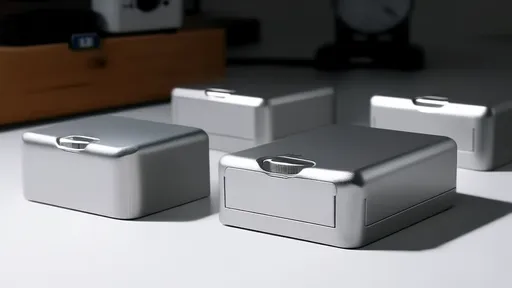
By /Jul 28, 2025

By /Jul 28, 2025
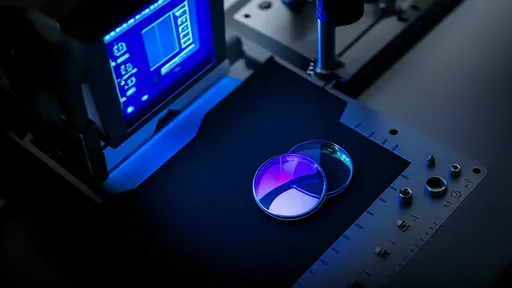
By /Jul 28, 2025
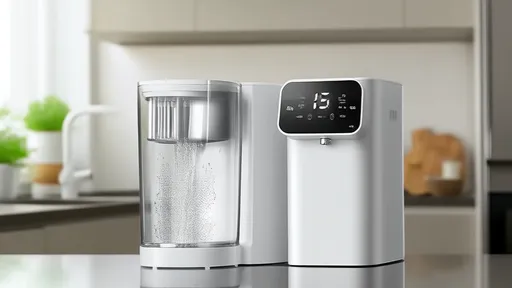
By /Jul 28, 2025
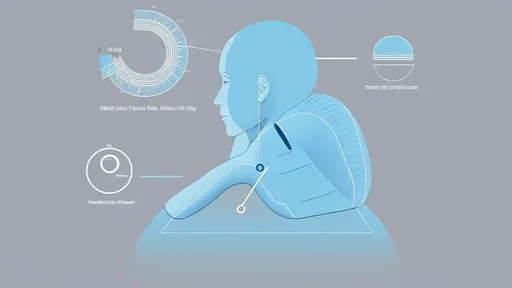
By /Jul 28, 2025

By /Jul 28, 2025

By /Jul 28, 2025
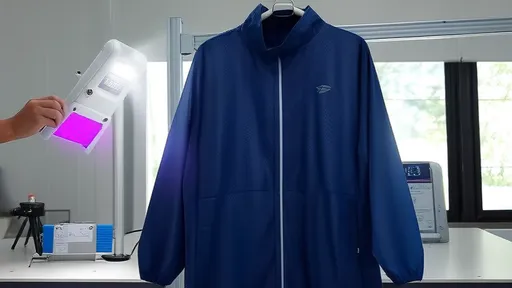
By /Jul 28, 2025

By /Jul 28, 2025
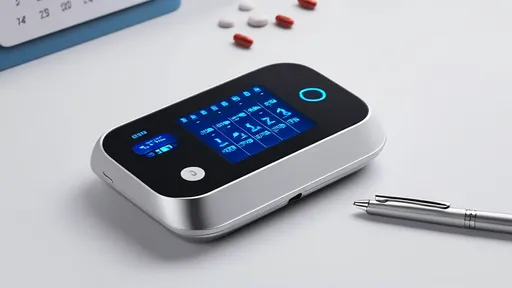
By /Jul 28, 2025

By /Jul 28, 2025
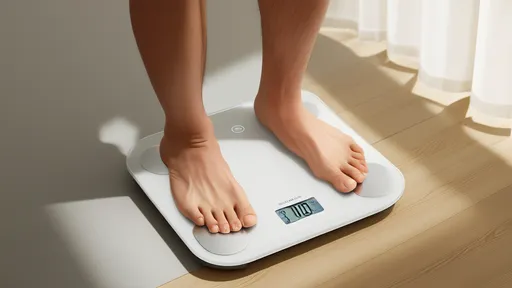
By /Jul 28, 2025
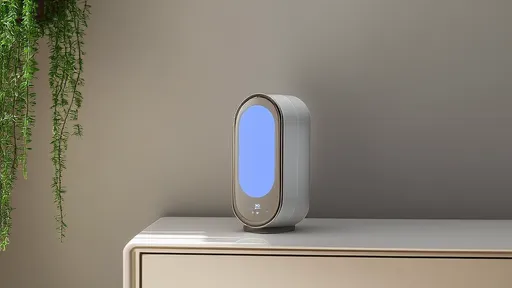
By /Jul 28, 2025

By /Jul 28, 2025
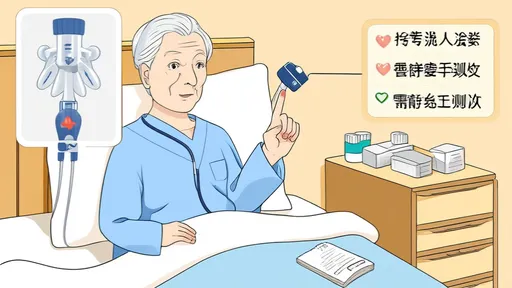
By /Jul 28, 2025